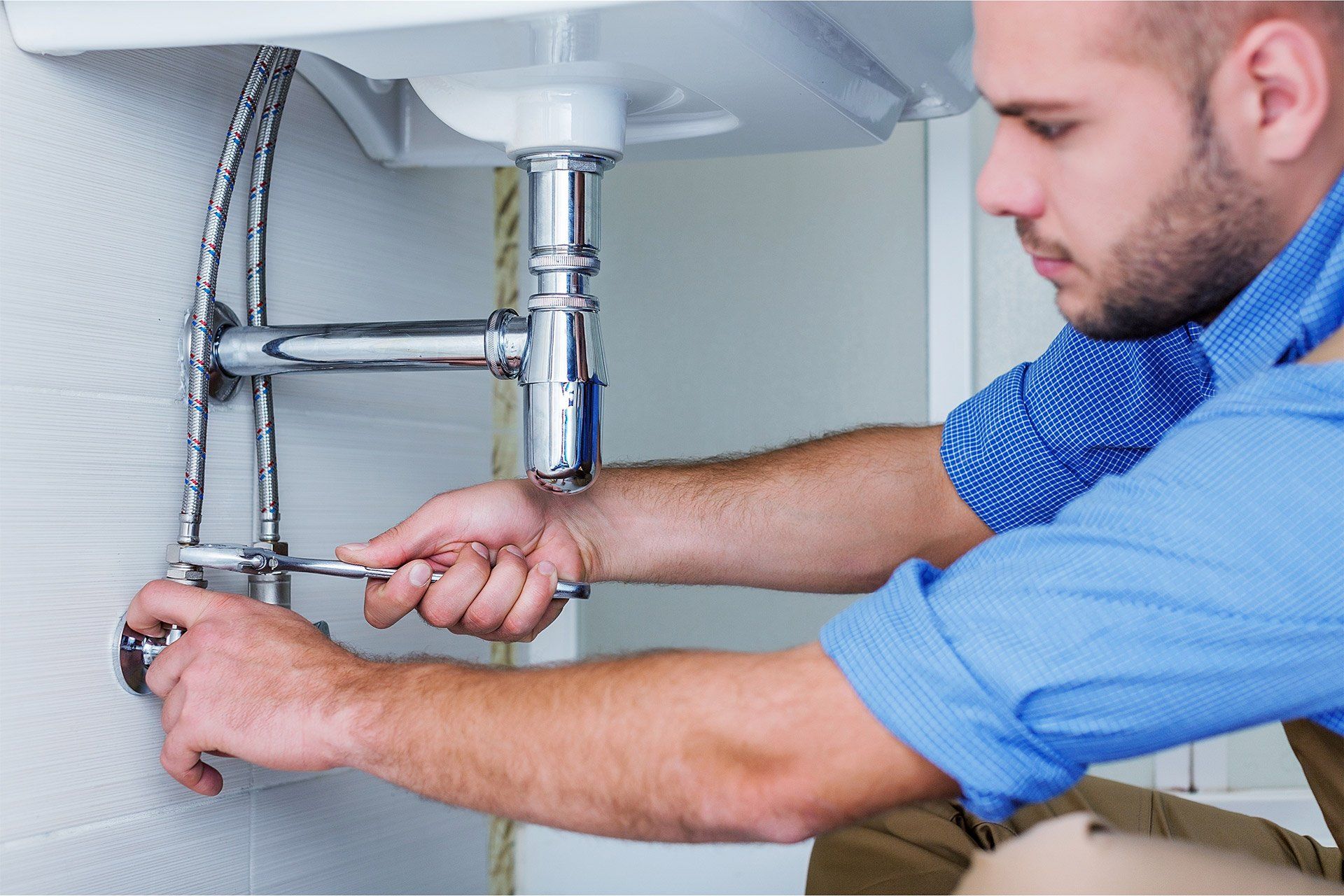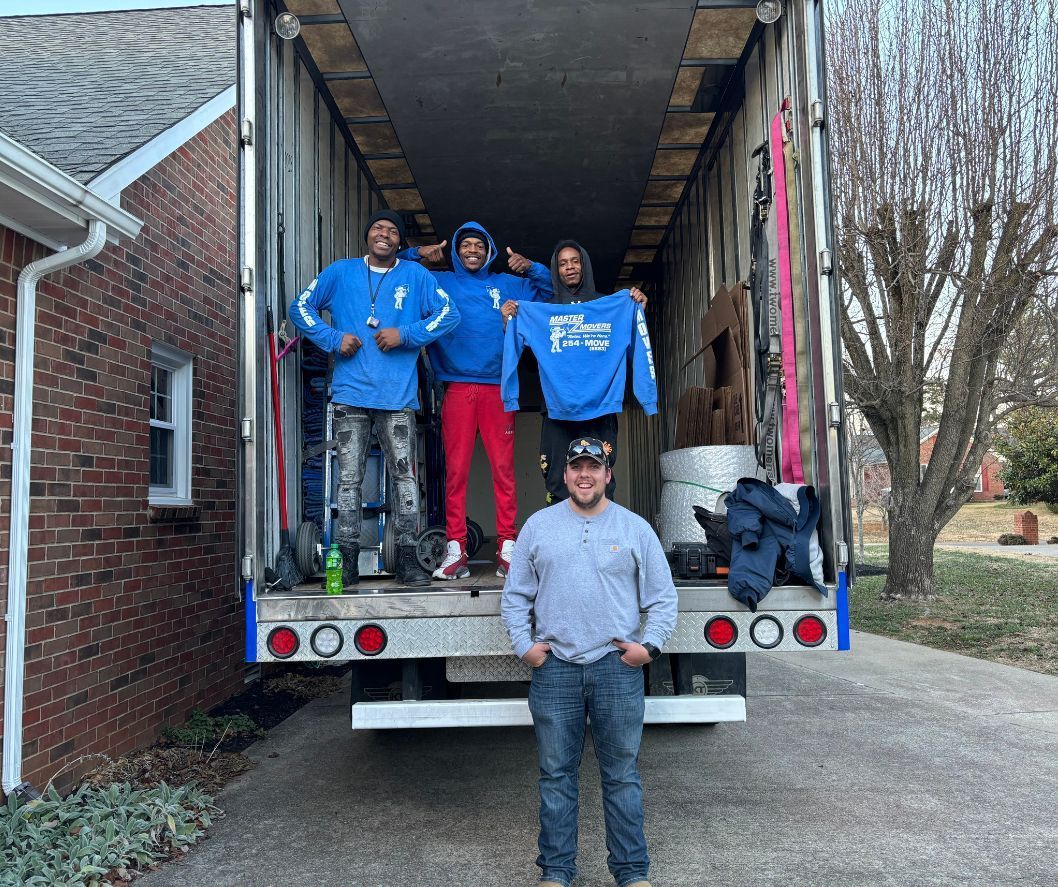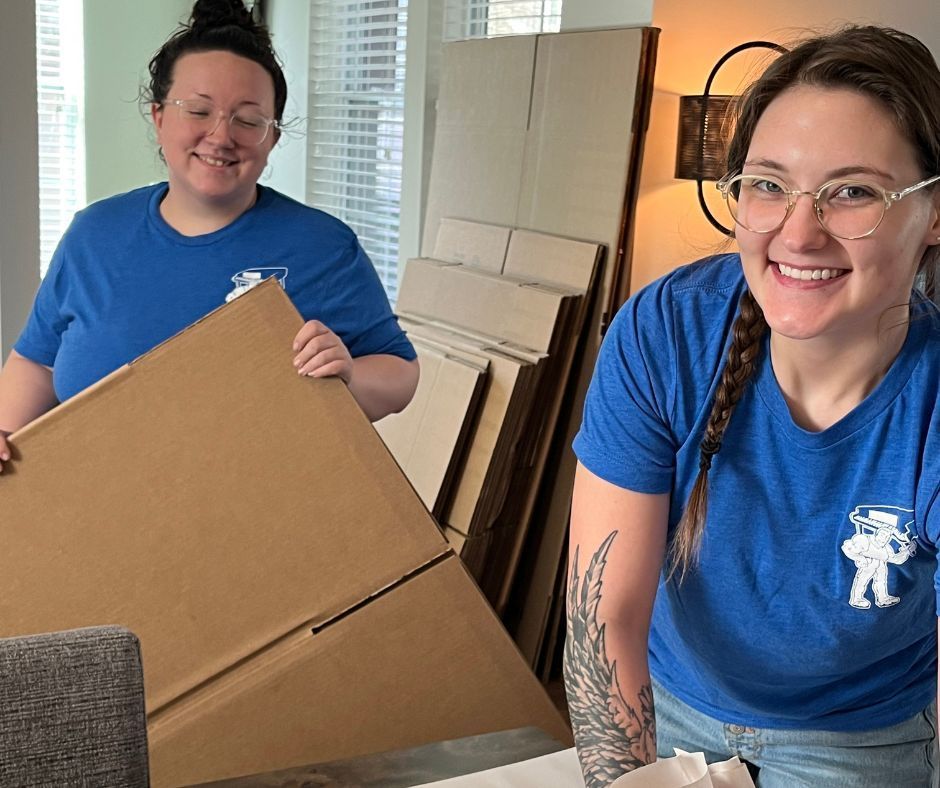How To Ensure A Smooth Move-Out Process From Your Rental Property
Moving out of a rental property can be a stressful experience. Between packing up your belongings, finding a new place to live, finding a reliable

Keep your home in top shape with regular maintenance and professional care. A small leak can grow into a major problem if you don't take care of it quickly.
This is a quote for you new post. To change it, simply click and start typing.
- John William
This is a text area for this paragraph. To change it, simply click and start typing. Once you added your content, you can customize its design by using different colors, fonts, font sizes and bullets. Just highlight the words you want to design and choose from the various options in the text editing bar.
This is a text area for this paragraph. To change it, simply click and start typing. After adding your content, you can customize it.
You might also like
Book a Service Today
We will get back to you as soon as possible
Please try again later
© Copyright 2021, Master Movers LLC All Rights Reserved | Privacy Policy | Terms and Conditions | Sitemap


